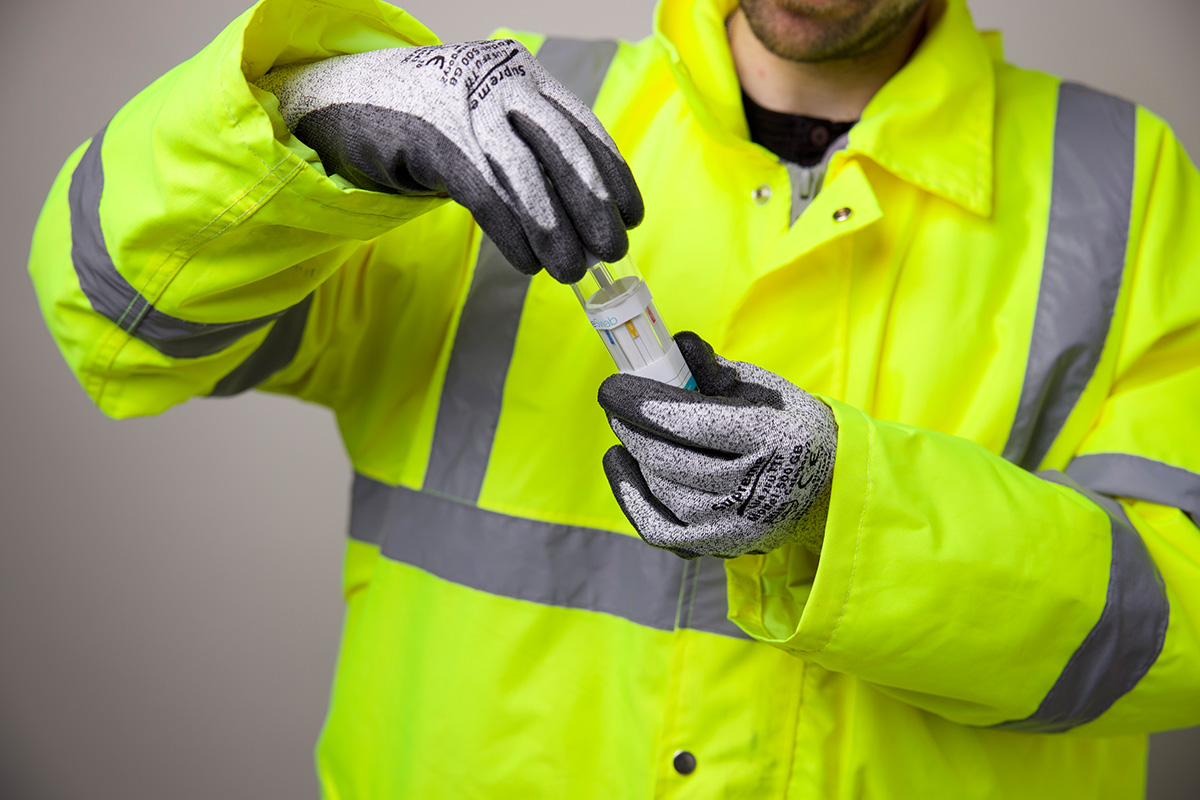How to implement drug screening in the workplace

Step-by-step guide to help you establish a drug screening program
Studies show that 75% of drug users are employed in full or part-time work, so it’s not unlikely you may have an employee with substance abuse problems. As the importance of having a drug-free workplace is significant for the health & safety of other employees, having regular drug screening is an effective method of ensuring a safe working environment.
Drug screening can be highly beneficial, but you may have concerns about implementing the system. It’s not easy asking someone to urinate in a cup. Some employees may feel insulted, embarrassed, or even violated. If you’re concerned about how to go about implementing drug screening, we have some advice to help you. Implementing drug screening in the workplace involves careful planning, communication, and adherence to legal and ethical considerations. Here’s a step-by-step guide to help you establish a drug screening program.

- Legal Compliance:
- Know the laws: Familiarise yourself with the laws regarding workplace drug testing. Different industries may have varying regulations, and it’s crucial to ensure your program complies with these.
- Policy Development:
- Create a comprehensive drug-free workplace policy: Clearly outline the purpose of drug testing, the procedures involved, the consequences for positive results, and the rights and responsibilities of both employees and the company.
- Communicate the policy: Ensure that all employees are aware of the drug-free workplace policy. Distribute the policy in writing, conduct training sessions, and encourage employees to ask questions if they have concerns.
- Types of Drug Tests:
- Select appropriate drug tests: Choose between urine, saliva, blood, or hair tests based on your company’s needs, industry standards, and legal requirements. Urine or oral tests are the most common.
- Frequency of Testing:
- Determine the testing frequency: Decide whether drug testing will be conducted pre-employment, randomly, post-accident, or as part of routine screening. The frequency may depend on the nature of the work and the industry.
- Third-Party Testing:
- Consider outsourcing testing: Engage a reputable third-party testing agency to conduct drug screenings. This helps ensure the process is unbiased and maintains employee confidentiality.
- Consent and Notification:
- Obtain informed consent: Ensure that employees sign a consent form acknowledging their understanding of the drug testing policy and agreeing to participate.
- Provide advance notice: You may need to give advance notice before conducting drug tests. Check the laws and include this in your policy.
- Testing Process:
- Establish a testing protocol: Define the procedures for collecting and handling samples to maintain accuracy and integrity.
- Maintain confidentiality: Ensure that the results are kept confidential and only shared with individuals who need the information for employment decisions.
- Consequences and Support:
- Define consequences for positive results: Clearly outline the consequences for a positive drug test, which may include disciplinary actions or termination.
- Provide support resources: Offer assistance programs or resources for employees struggling with substance abuse. Emphasise that the goal is to promote a healthy workplace rather than punish individuals.
- Documentation:
- Keep detailed records: Document the entire drug testing process, from consent forms to results and any subsequent actions taken. This documentation is essential for legal and auditing purposes.
- Review and Update:
- Regularly review and update the policy: Periodically review and update your drug-free workplace policy to ensure it aligns with current laws, industry standards, and the needs of your organisation.
Remember that implementing drug screening in the workplace should be done thoughtfully and ethically, with a focus on maintaining a safe and healthy work environment. Communication and transparency are key throughout the entire process.



